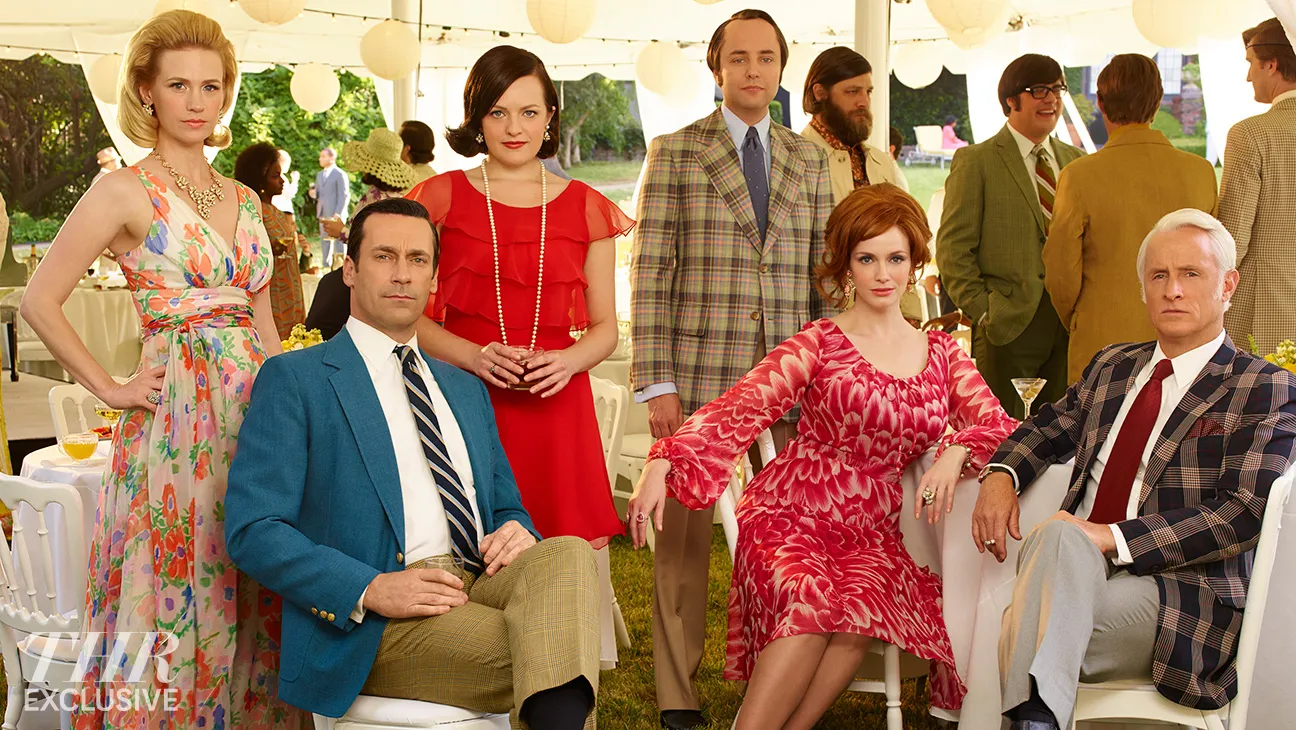Matthew Weiner’s “Mad Men” meticulously captures the essence of the 1960s, from the glamorous fashion to the complex social dynamics. Yet, it is the treatment of race that stands out for its boldness. In a revealing 2014 interview with Time, Weiner discussed his decision to limit the presence of African-American characters on the show, explaining it not as an oversight but as a reflection of the historical reality of the time. He emphasized that major characters like Don Draper were insulated from the burgeoning civil rights movement, which painted a predominantly white picture of their daily lives.

“Weiner pointed out that despite the diversity of New York City, it was not an integrated place, mirroring the delayed school integrations in places like California, which only occurred in 1972,” Weiner stated. This choice highlights the isolation of the show’s main characters from the racial struggles ongoing during the decade, which they often only encountered through television rather than firsthand experience.
Viewer Reactions and Cultural Commentary
This decision by Weiner sparked varied reactions from the show’s viewership. While some applauded “Mad Men” for its authenticity, others felt it missed a crucial opportunity to delve deeper into the African-American experience of the ’60s. On platforms like Reddit, users expressed mixed feelings. Some praised the show for its honest depiction, whereas others criticized it for what they saw as a lack of realistic engagement with racism by certain characters, like Pete.
Among people of color, the show’s stark portrayal of casual, pervasive racism resonated as a realistic representation of the era, mirroring ongoing racial issues even today. This aspect of “Mad Men” allowed viewers to reflect on how racial issues are portrayed in the media and their own engagement with such portrayals.

The Historical Accuracy Debate
The debate over Weiner’s choice underscores a larger conversation about the role of historical accuracy in television dramas. By choosing not to “lie” about the interactions between different races during the 1960s, Weiner opened up a dialogue about the visibility and representation of African-Americans in media. “I’m not telling the story of the civil rights movement,” Weiner remarked, “I’m telling a story of the mass culture and their experience of the civil rights movement.” This perspective offers a nuanced view of how predominantly white characters might have experienced and perceived civil rights struggles during the time.
While some argue that “Mad Men” could have taken a more inclusive approach, Weiner’s commitment to historical realism has made the show a pivotal piece in discussions about race in America. It challenges viewers to reconsider how race is integrated into narratives and encourages a critical examination of historical representation in media.

Matthew Weiner’s “Mad Men” serves as a compelling case study in the portrayal of race in historical drama. Its commitment to authenticity, while controversial, has undoubtedly contributed to the depth of discourse around the series and its cultural implications. As audiences continue to consume and critique media representations of history, “Mad Men” stands out for its unflinching look at the realities of racial segregation, prompting a deeper understanding and appreciation of the complexities of racial dynamics during one of America’s most transformative decades.
